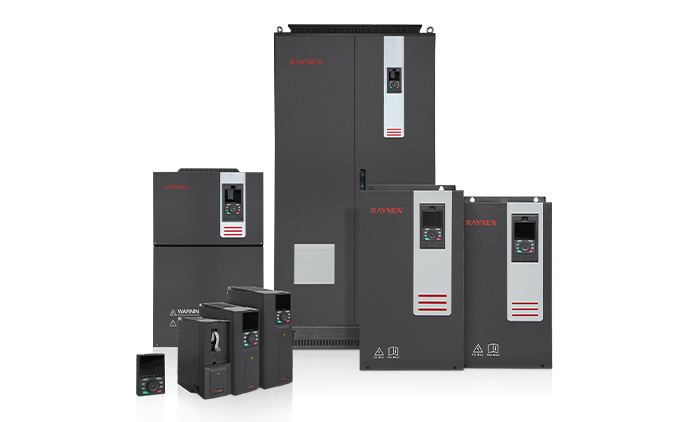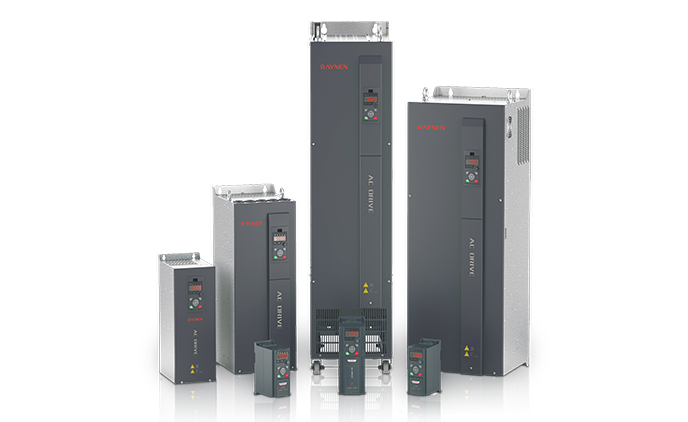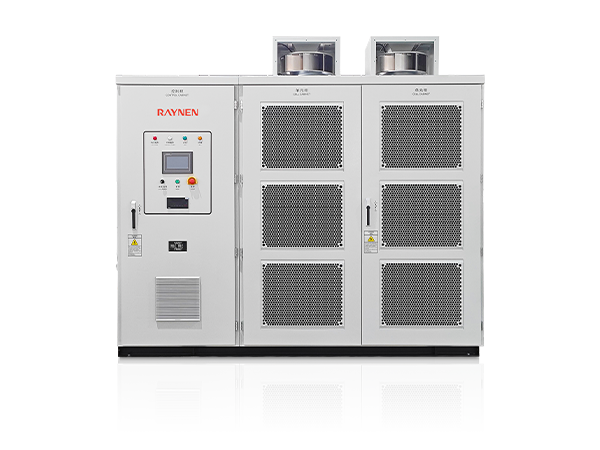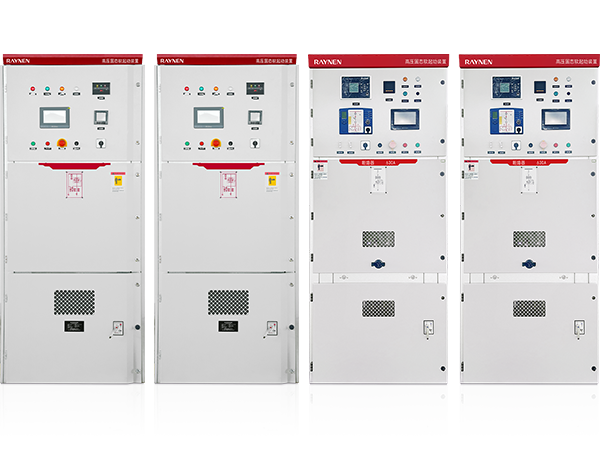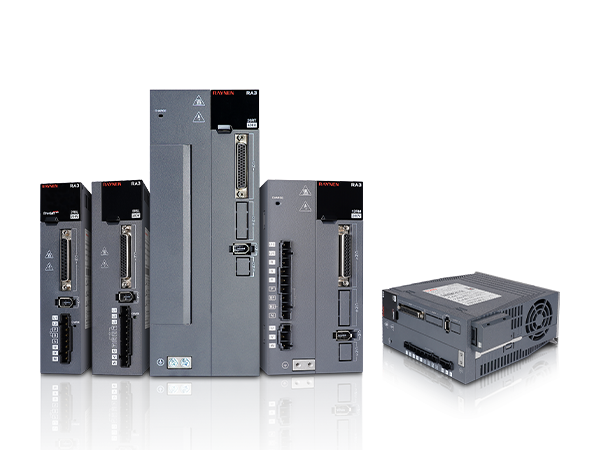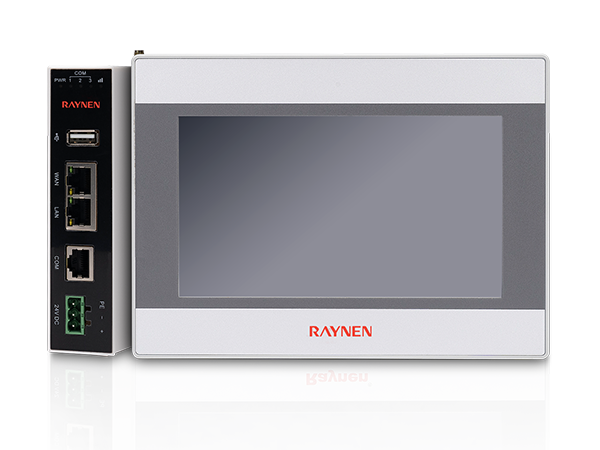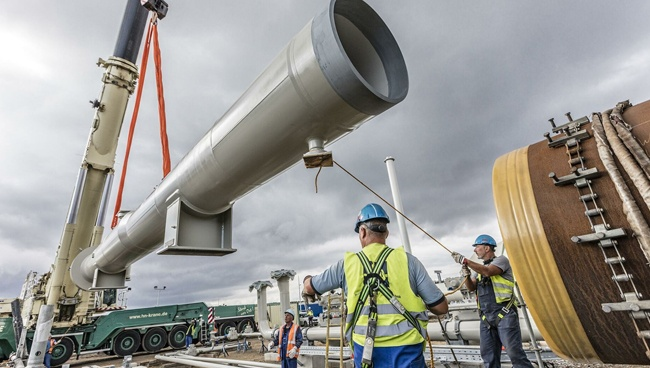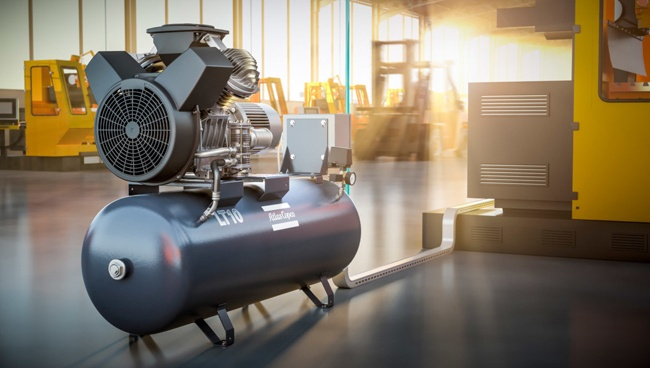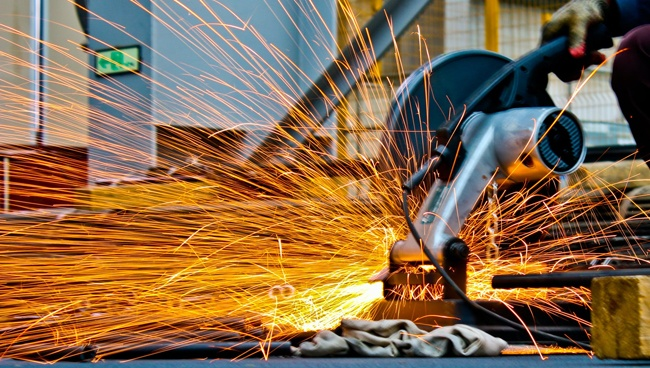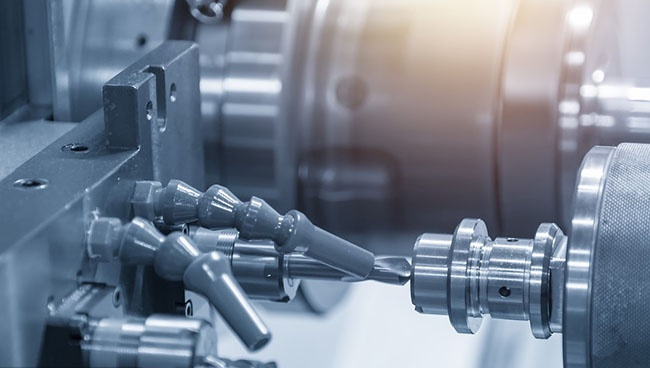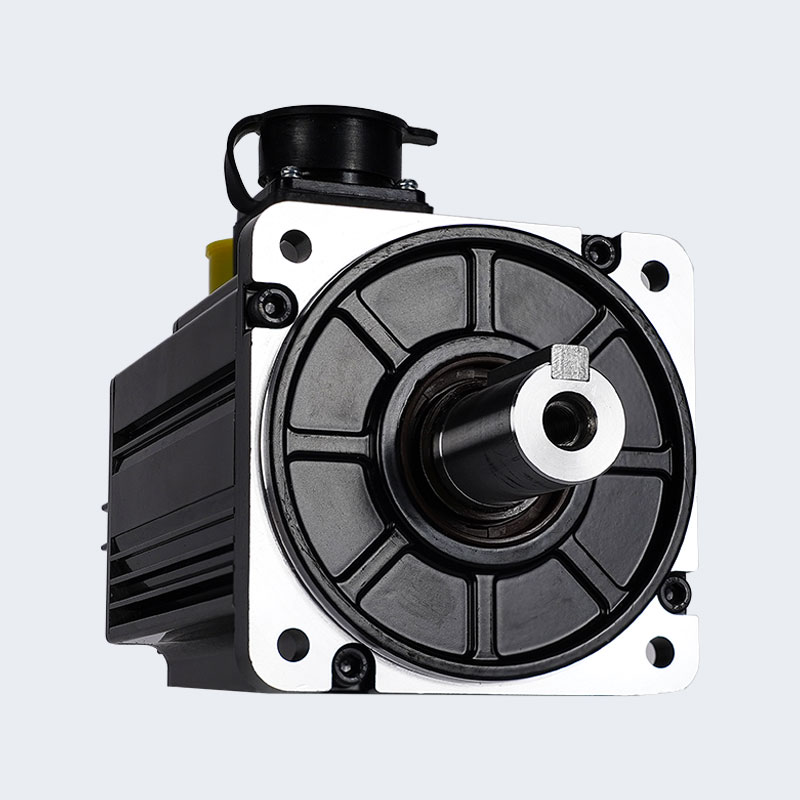1.Introduction to AC Drives (Variable Frequency Drives) In the realm of modern industrial control an......
READ MOREMastering Precision: The Crucial Role of the AC Servo Motor in Modern Automation
An AC servo motor is a specialized electric motor that uses alternating current (AC) to achieve precise control of position, speed, and torque. Its name, “servo,” comes from the Latin word “servus,” which means “slave.” This is fitting because the motor’s operation is enslaved, or controlled, by an external input signal. AC servo motors are a crucial component in modern automation and motion control systems, where accuracy and repeatability are paramount.
Principle of Operation
An AC servo motor’s operation is based on the interaction of a magnetic field and an electric current. It typically consists of a stator with windings and a rotor with permanent magnets. Unlike a standard AC motor, an AC servo motor is designed for high dynamic response and closed-loop control. A servo drive, or amplifier, powers the motor. The servo drive receives a command signal from a controller, such as a Programmable Logic Controller (PLC), and then sends the appropriate voltage and current to the motor windings to achieve the desired motion.
A key element of the servo system is the feedback device, which is typically an encoder or a resolver. The encoder is mounted on the motor’s shaft and provides real-time data about its position and speed back to the servo drive. This feedback loop is the essence of servo control. The drive compares the actual position and speed to the commanded values and makes continuous adjustments to eliminate any error. This closed-loop control system allows for exceptional accuracy and stiffness, making the AC servo motor a superior choice for high-precision applications.
Key Advantages
AC servo motors offer several significant advantages over other types of motors, such as stepper motors or DC servo motors.
- High Power Density: They can deliver a large amount of power from a relatively small and lightweight package, which is beneficial for compact machine designs.
- Exceptional Speed and Torque Control: AC servo motors can achieve a wide range of speeds, from very low to high RPM, with precise and consistent torque delivery across the entire speed range.
- High Efficiency: They are highly efficient, which reduces energy consumption and heat generation. This leads to lower operating costs and a longer lifespan for the motor and its components.
- Smooth and Quiet Operation: Due to the sine-wave commutation, AC servo motors run very smoothly with minimal vibration and noise, making them suitable for environments where quiet operation is necessary.
- Durability and Reliability: With a brushless design (no commutators or brushes), they require minimal maintenance and have a long service life, making them reliable for continuous industrial operation.
Applications
The unique capabilities of AC servo motors make them indispensable in a wide array of industries and applications.
- Robotics: They are the go-to choice for robotic arms and manipulators due to their ability to provide precise and rapid movements.
- CNC Machinery: In Computer Numerical Control (CNC) machines, AC servo motors drive the axes to cut, mill, and shape materials with incredible accuracy.
- Packaging and Printing: They are used for precise positioning and synchronized motion in high-speed packaging lines, as well as for web tension control in printing presses.
- Medical Equipment: From surgical robots to MRI machines, the precision and reliability of AC servo motors are essential for medical applications.
- Factory Automation: They are widely used in assembly lines, material handling systems, and pick-and-place machines where repeatable, fast, and accurate motion is required.
In summary, the AC servo motor is a cornerstone of modern automation. Its ability to provide dynamic, precise, and efficient motion control through a sophisticated closed-loop system has cemented its role as a key technology in a wide range of industrial and scientific fields.

 English
English Español
Español عربى
عربى

